Setting up an LED grow room might sound like a big task, but trust me, it's easier than you think. Whether you're a first-time grower or looking to upgrade your setup, LED lights are an energy-efficient, plant-friendly way to get the most out of your grow room. Let’s break it all down step by step, so by the end, you’ll know exactly what you’re doing.
Understanding LED grow lights
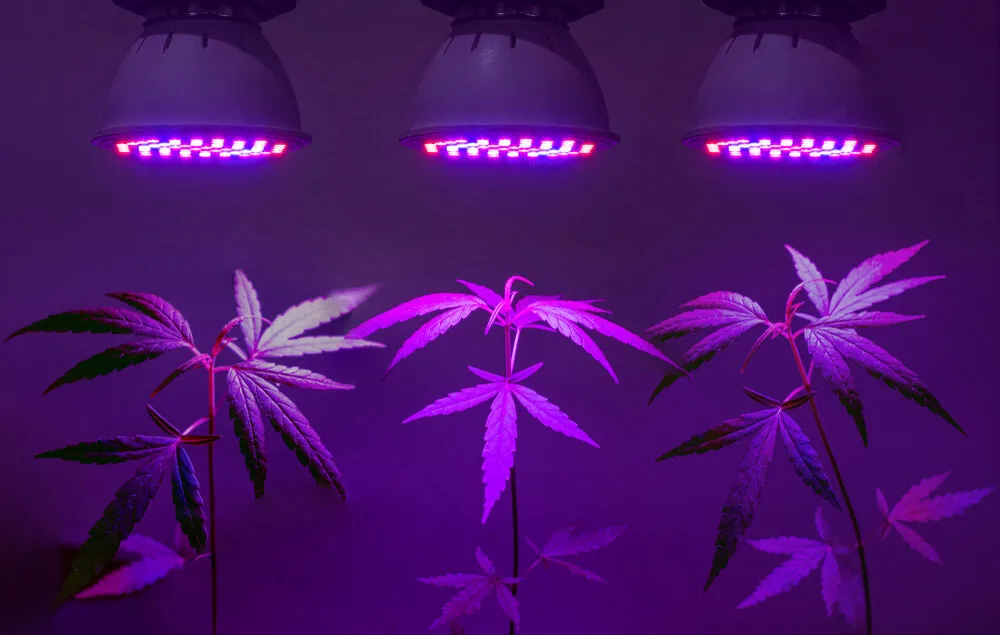
LED grow lights are a game-changer for indoor growers. They’re energy-efficient, produce less heat, and offer customizable light spectrums to mimic natural sunlight. Here’s what you need to know.
Types of LED grow lights
There are several types of LED grow lights, including full-spectrum, COB (Chip on Board), and quantum boards. Full-spectrum lights are popular because they cover the entire light spectrum plants need for every stage of growth. Quantum boards are excellent for efficiency and light coverage, while COBs pack a powerful punch in a compact design.
Benefits of using LED lights for indoor cultivation
LEDs offer several perks:
- Energy Efficiency: They consume less power, saving you money in the long run.
- Low Heat Output: No need to stress about overheating your grow space.
- Customizable Spectrums: You can adjust the light for vegging or flowering stages.
Key features to consider when choosing LED grow lights
When picking LED lights, focus on:
- Wattage: More wattage equals better light penetration.
- Spectrum: Full-spectrum lights are ideal for all growth stages.
- Build Quality: Look for durable materials and good warranties.
Planning your grow room setup
Selecting the ideal space for your grow room
Pick a spot where you can control light, temperature, and humidity. Basements, spare rooms, or grow tents work well. Make sure it’s clean, free of pests, and has enough space for your plants to thrive.
Designing the layout for optimal plant growth
Think about spacing your plants evenly to maximize light exposure. Create aisles if needed, so you can reach every plant easily. Use reflective materials like Mylar to make the most of your lighting setup.
Ensuring Proper Ventilation and Airflow
Good airflow keeps your plants happy and prevents mold. Use oscillating fans to keep air moving and install an exhaust system to remove hot air. Plants breathe just like you—they need fresh air!
Managing temperature and humidity levels
Your plants like it just right—not too hot, not too cold. Keep temperatures between 70°F-85°F, depending on the growth stage. Humidity levels should start high for seedlings (around 70%) and drop to about 40%-50% during flowering.
Setting up lighting systems
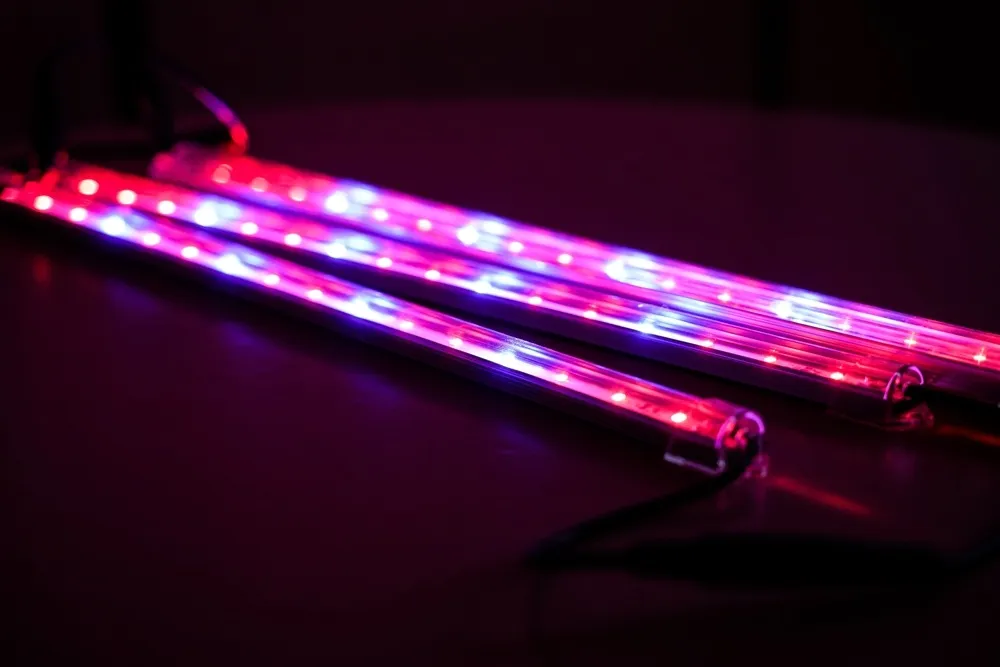
Calculating the number of LED lights needed
Figure out the size of your grow space. For a 4x4 area, you’ll need around 400-600 watts of LED power. Too little light means weak plants, but too much can overwhelm them.
Positioning lights for even coverage
Hang your lights 18-24 inches above the canopy for most LEDs. Keep adjusting the height as your plants grow to maintain even coverage without burning them.
Adjusting light intensity and spectrum for different growth stages
During the vegetative stage, use a blue-heavy spectrum for robust growth. Switch to a red-heavy spectrum during flowering to encourage big, dense buds.
Electrical considerations and safety
Installing electrical systems safely
Use surge protectors and make sure your electrical system can handle the load. Avoid overloading circuits—nobody wants a blackout or a fire hazard.
Managing power consumption and efficiency
LEDs are power savers, but you can still maximize efficiency by using timers to automate light cycles. This keeps your plants on a strict schedule and saves you some effort.
Implementing safety measures to prevent hazards
Keep cords off the floor to avoid water damage and check your connections regularly. Install a smoke detector in the grow room, just in case.
Additional equipment and accessories

Utilizing reflective materials to maximize light efficiency
Line your walls with reflective material like Mylar or Panda film. It bounces light back onto your plants, giving them more energy to grow.
Incorporating fans and filters for air quality
Carbon filters help control odors, while fans keep fresh air moving. Together, they create the ideal environment for healthy plants.
Setting up monitoring systems for environmental control
Invest in a hygrometer and thermometer combo to track temperature and humidity. Smart controllers can automate these adjustments, saving you time and stress.
Preparation for planting
Choosing suitable growing mediums and containers
Soil, coco coir, or hydro setups all work with LED grow rooms. Pick a medium that matches your growing style. Fabric pots are great for airflow and root development.
Selecting appropriate nutrients and supplements
Cannabis plants are picky eaters. Use balanced nutrients during vegging and phosphorus-heavy ones during flowering. Don’t forget calcium and magnesium—they love it!
Implementing watering systems and schedules
Overwatering is a common mistake. Stick to a schedule, letting the soil dry out slightly between waterings. Drip irrigation systems can make life easier.
Maintenance and troubleshooting
Regular maintenance practices for equipment and plants
Clean your lights, fans, and filters regularly to keep everything running smoothly. Trim your plants to promote airflow and healthy growth.
Identifying and addressing common issues in LED grow rooms
Watch for signs of stress like yellow leaves or drooping. Check your lights, watering habits, and nutrients to troubleshoot the issue.
Ensuring plant health and maximizing yields
Keep a close eye on your plants. Happy, healthy plants give you better yields—plain and simple. Use a grow journal to track their progress and adjust as needed.
FAQs:
What are the advantages of using LED grow lights over traditional lighting?
LED grow lights are energy-efficient, produce less heat, and allow spectrum customization for plant growth stages. This makes them ideal for indoor cultivation, especially in spaces where heat management is a concern.
How do I determine the appropriate number of LED lights for my grow room?
Calculate based on the size of your space. For every square foot, you’ll need about 30-50 watts of LED power. Adjust based on plant density and light type.
What is the optimal distance between LED lights and plants?
Keep LED lights 18-24 inches above plants. This prevents light burn while ensuring even coverage. Adjust as plants grow to maintain the proper distance.
How can I control the temperature and humidity in my grow room?
Use fans, exhaust systems, and a hygrometer to monitor and adjust levels. Humidifiers or dehumidifiers can help maintain ideal conditions for your plants.
What safety precautions should I take when setting up electrical systems in a grow room?
Use surge protectors, avoid overloading circuits, and keep cords elevated to prevent water contact. Regularly inspect all connections to ensure safety.
That’s it—you’re ready to grow like a pro. With the right setup and some TLC, your LED grow room will help you achieve thriving plants and a fantastic yield.
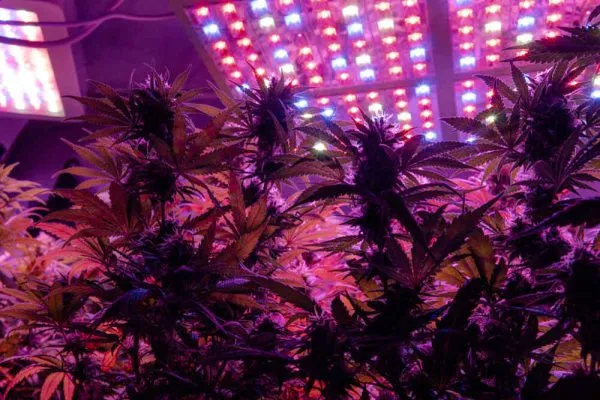
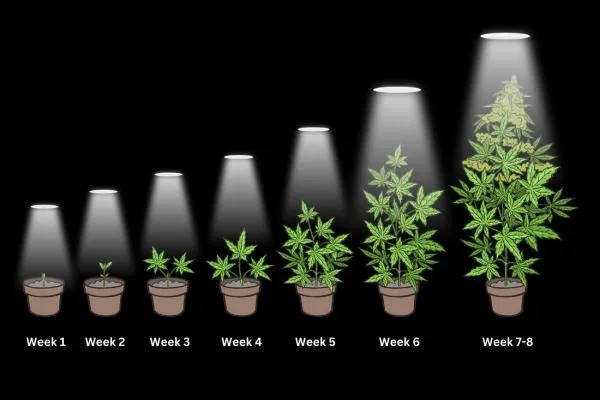
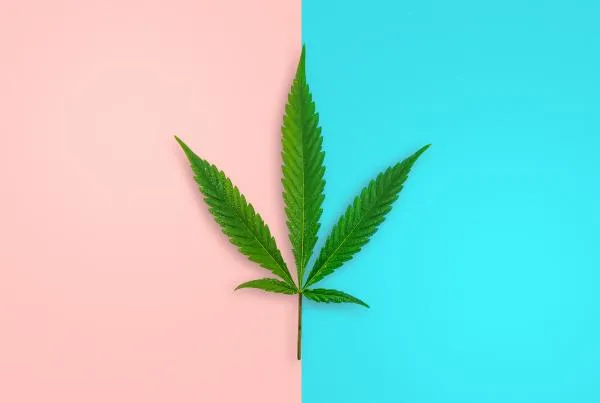
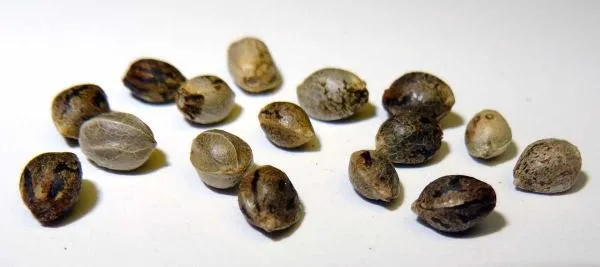
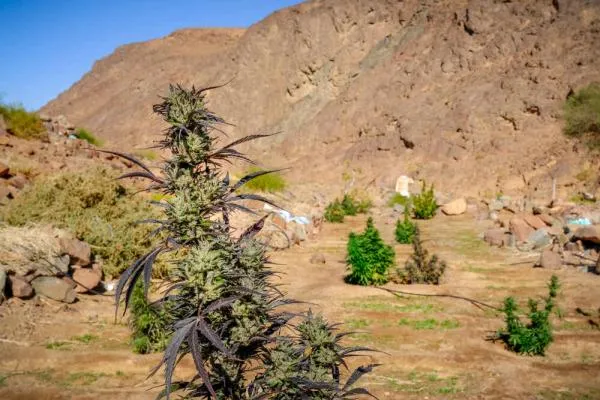
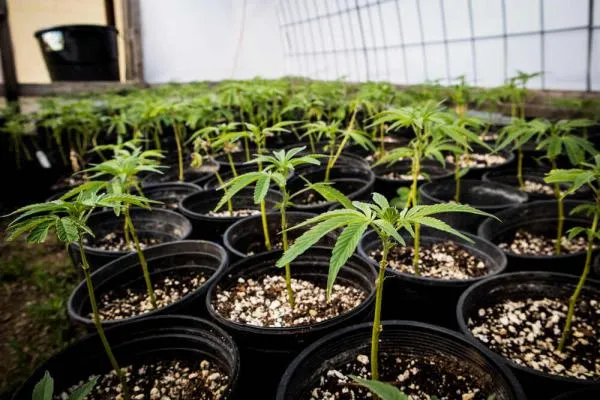
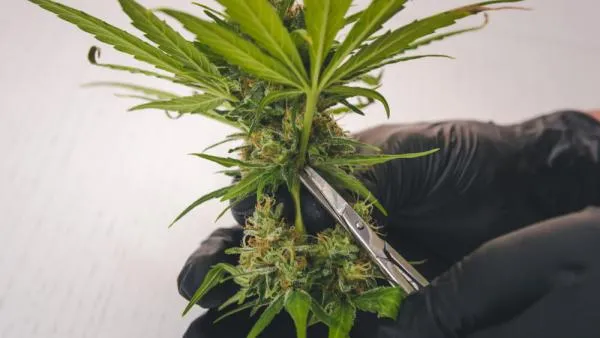
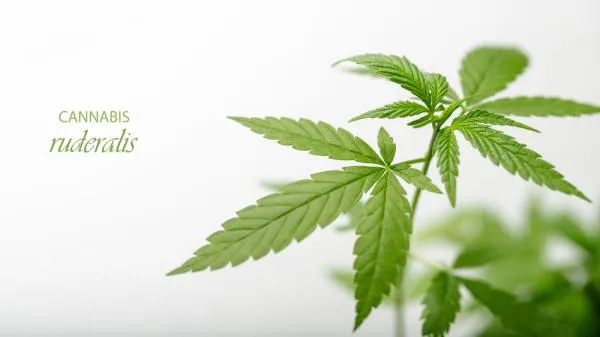
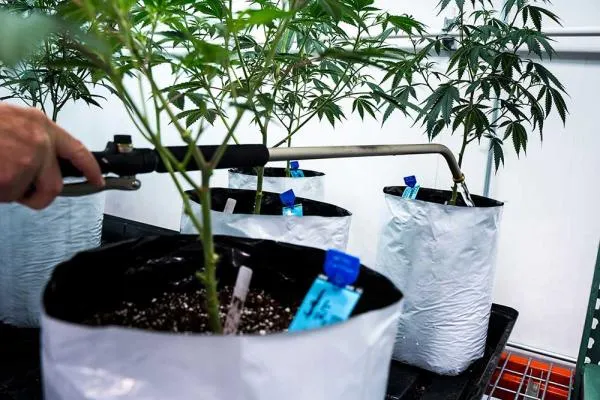

Considering using Lotus pro powdered form this time also & was wondering if anyone has had any experience using this product?
Growing in 4+4+72 CoolGrows tent with mars hydro fc3000 & fc/e 3000. One uses bridgelux diodes & the other Samsung diodes. Both seem to be to powerful for the small grow space. Having to keep them 28”-32” from plants to keep from burning them & leaves rolling upwards on edges ….
Any advice would be greatly appreciated
Thanks John